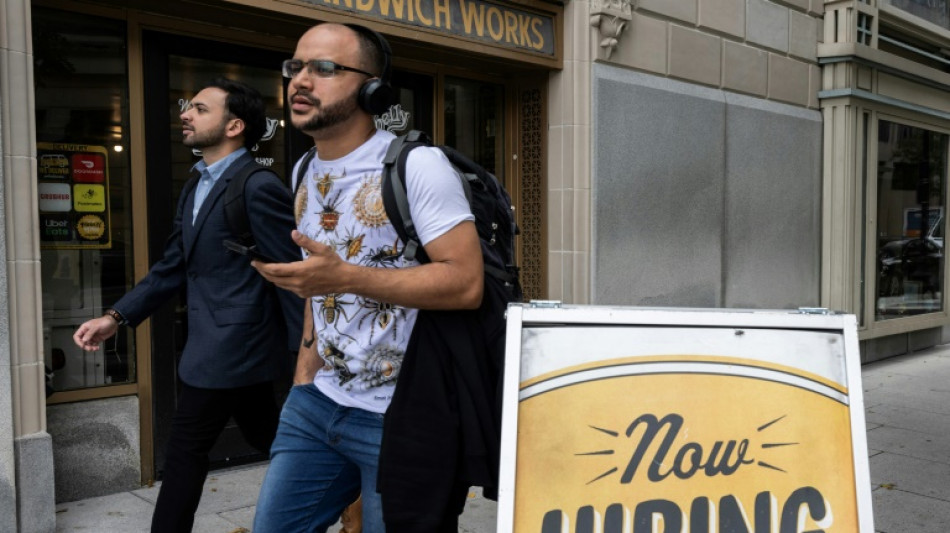
BCC
0.8100

Hiring in the United States was stronger than expected in March, government data showed Friday, even as uncertainty brewed over the wider effects of President Donald Trump's tariffs and other policies.
The world's biggest economy added 228,000 jobs last month, much more than analysts anticipated and significantly above February's revised 117,000 figure, said the Department of Labor.
The jobless rate meanwhile edged up to 4.2 percent, from 4.1 percent in February.
Trump said in a social media post that these were "great job numbers, far better than expected."
"It's already working," he added, referring to his policies.
"The President's push to onshore jobs here in the United States is working," White House Press Secretary Karoline Leavitt said in a separate statement, pointing to job growth in areas like transportation.
Since January, the Trump administration has embarked on wide-ranging job cuts to the federal government, while the president also unleashed steep tariffs targeting allies and adversaries alike.
But economists expect it will take time for the full effects of his policies to ripple through the economy, warning of higher consumer prices and an impact on growth.
The hiring number showed that the jobs market remained robust for now, and it was notably above the 130,000 figure that analysts expected, according to Briefing.com.
Sectors that saw job gains included health care and social assistance, as well as retail trade -- "partially reflecting the return of workers from a strike," the report said.
But federal government employment declined by 4,000 in March, following the loss of 11,000 jobs in February.
Average hourly earnings grew 0.3 percent in March to $36.00, picking up slightly from February's pace.
- Tariff shock -
"In light of the tariff announcements this week and the sharp drop in stock markets around the world in response, these data are likely not capturing the moment with respect to the actual strength of the economy," warned chief economist Mike Fratantoni of the Mortgage Bankers Association.
Looking ahead, economists are monitoring the effects of sweeping tariffs that Trump imposed on some of the biggest US trading partners in March, alongside even broader action set to take effect in April.
On Wednesday, Trump announced a 10 percent tariff on most US trading partners, set to take effect Saturday.
"The impact of these tariffs is unknown but most economists would say this is a huge disruption," said Dan North, senior economist at Allianz Trade North America.
"It's the uncertainty itself that is now a driving force economically," he told AFP.
Apart from adding to consumer costs in the near-term, North expects the tariffs could also "put a damper on job growth" and weigh on the labor market as well.
F.Vit--TPP